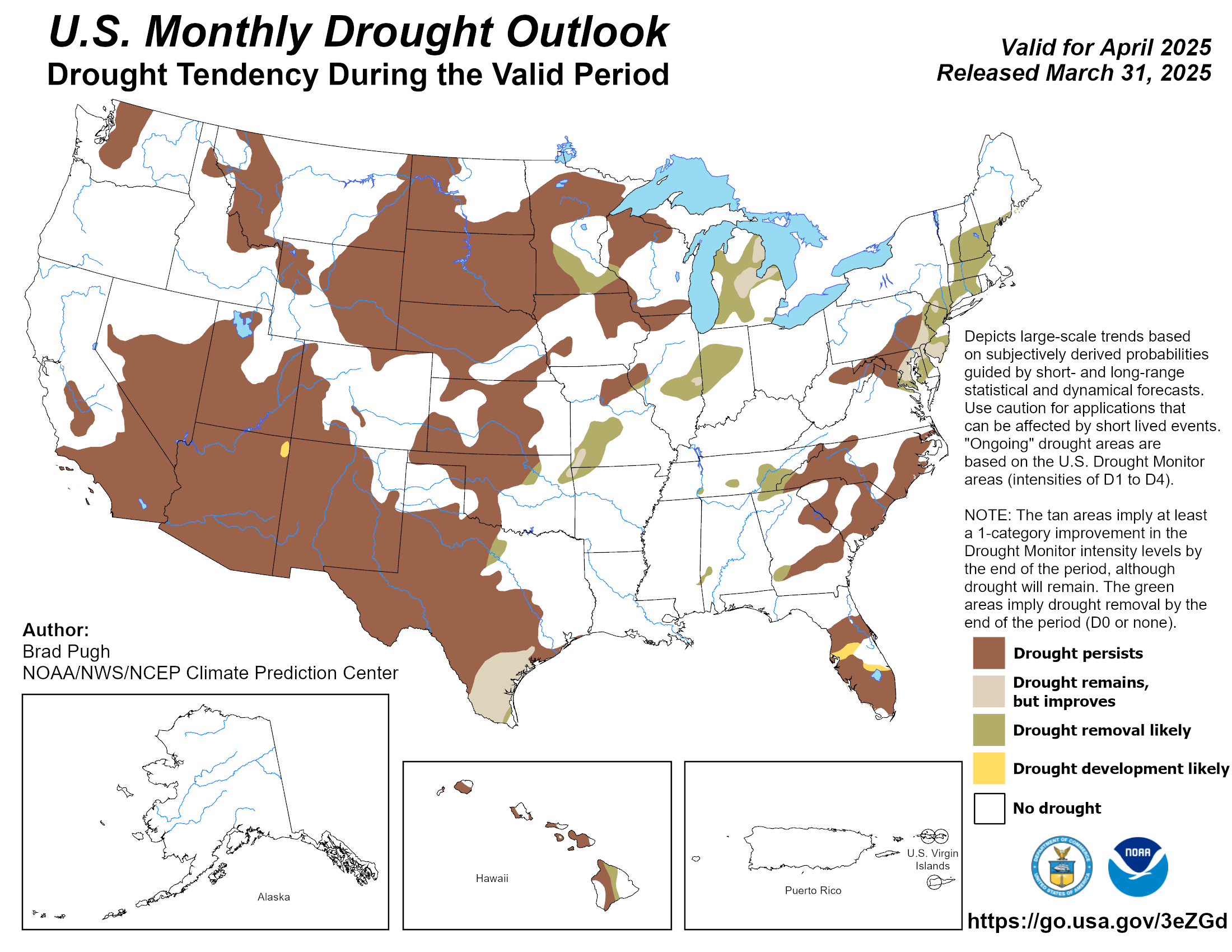Climate change & wildfires
December 17th, 2019https://grist.org/justice/wildfires-are-getting-worse-and-so-is-the-deadly-smoke-they-bring-with-them/
Climate change is increasing the size, frequency, intensity and seasonality of wildfires. Climate scientists have already identified the telltale climate fingerprints on some of the biggest blazes of the past decade:
• Climate change has already increased the frequency of fire weather — hot, dry, and windy — in much of the U.S. (Abatzoglou, Williams, and Barbero 2018).
• Climate change has doubled the area burned in the Western United States (Abatzoglou and Williams 2016).
• The fire season has increased by more than two months in the Western United States, largely due to climate change (Westerling et al. 2006).
All fire needs to burn is an ignition source and plenty of fuel. While climate change might not ignite the fire, it is giving fires the chance to turn into catastrophic blazes by creating warmer temperatures, increasing the amount of fuel (dried vegetation) available, and reducing water availability by earlier snowmelt and higher evaporation. These infernos have dire consequences – from respiratory illness to loss of life and property, many communities are not equipped to deal with this new era of mega fires.


